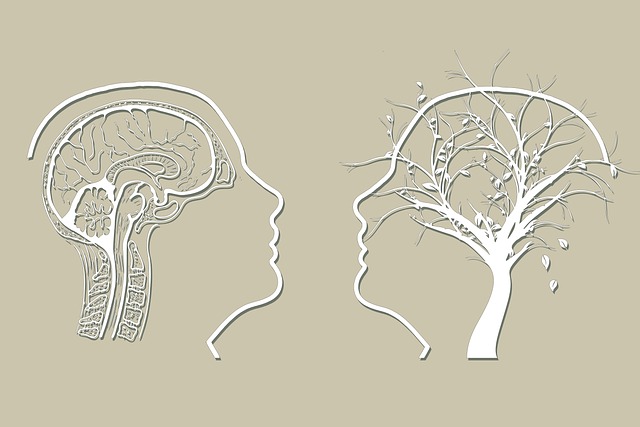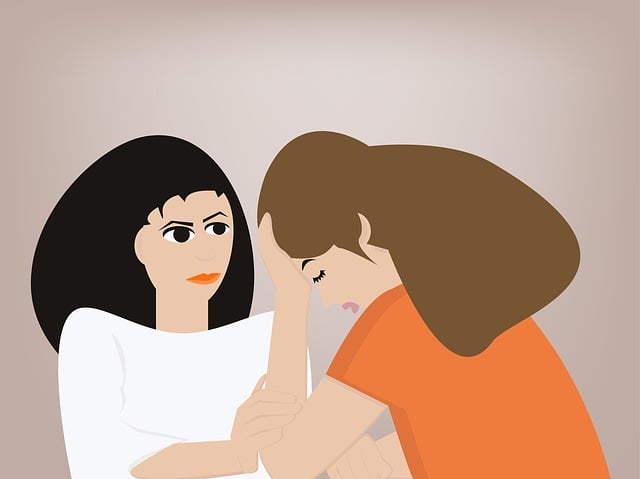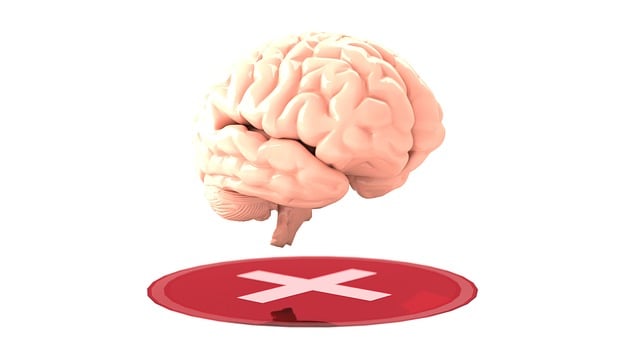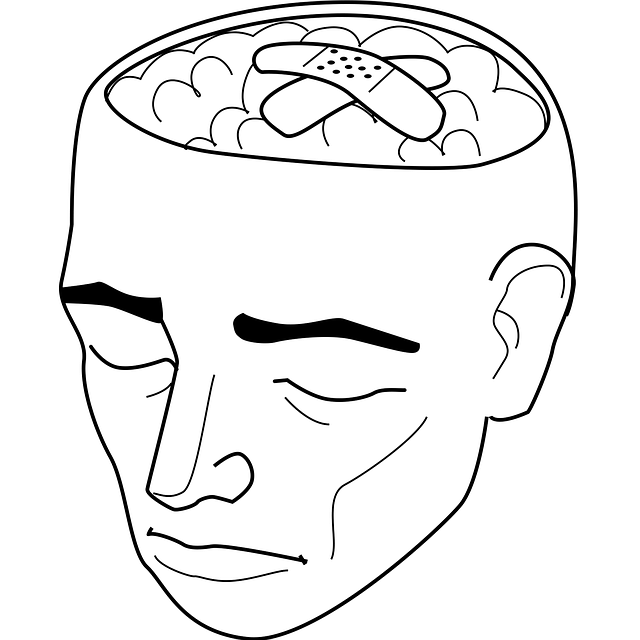Castle Rock Somatic Experiencing Therapy (CRET) is a holistic approach prioritizing client safety and therapeutic outcomes through comprehensive risk assessment and harm minimization. This method, developed by Dr. Peter Levine, integrates Compassion Cultivation Practices and personalized strategies to manage intense emotions from trauma. CRET therapists are meticulously trained in identifying and mitigating risks, creating safe spaces, and implementing crisis protocols, fostering open communication and empowering clients to set their pace. By combining somatically-based techniques with self-care for therapists, regular supervision, and ethical standards, CRET ensures optimal outcomes while promoting a culture of safety within the mental health sector. Future trends focus on evidence-based self-care and continuous risk assessment for both clients and professionals.
Risk assessment and harm minimization planning are paramount in psychotherapy, especially within specialized approaches like Somatic Experiencing. This article delves into these essential components of safe therapy practice. We explore ‘Understanding Risk Assessment’ as the cornerstone for creating therapeutic environments. Subsequently, we present ‘Harm Minimization Planning’ strategies tailored to Somatic Experiencing practitioners. A case study on Castle Rock Somatic Experiencing Therapy highlights effective risk management. Finally, we discuss best practices and future directions for enhancing clinical safety in somatic psychotherapy, emphasizing the role of proactive risk assessment.
- Understanding Risk Assessment: The Foundation of Safe Therapy
- Harm Minimization Planning: Strategies for Practicing Somatic Experiencing
- Castle Rock Somatic Experiencing Therapy: A Case Study in Risk Management
- Best Practices and Future Directions for Clinical Safety in Somatic Psychotherapy
Understanding Risk Assessment: The Foundation of Safe Therapy

Risk assessment is a cornerstone in Castle Rock Somatic Experiencing Therapy (SE), serving as the foundational step to ensure safe and therapeutic practices. It involves meticulously evaluating potential risks associated with various therapeutic interventions, including those related to mental illness and trauma. By proactively identifying possible harms, therapists can implement targeted strategies for harm minimization. This comprehensive approach not only protects clients but also fosters an environment conducive to healing and recovery.
In the context of Castle Rock Somatic Experiencing Therapy, understanding risk assessment enables practitioners to tailor their methods. It encourages a nuanced view of mental wellness, going beyond mere absence of disorder. The process involves integrating Compassion Cultivation Practices and considering the unique experiences of clients, often burdened by stigma reduction efforts. Through this holistic lens, therapists can design interventions that respect individual boundaries while encouraging profound mental health improvements.
Harm Minimization Planning: Strategies for Practicing Somatic Experiencing

Harm Minimization Planning is a crucial aspect of Somatic Experiencing (SE) therapy, especially in practices like Castle Rock Somatic Experiencing Therapy. It involves developing strategies to mitigate potential risks and ensure client safety during and after treatment. SE therapists are well-equipped to handle complex trauma cases, focusing on the body’s response to stress and using techniques to promote relaxation and positive thinking. By integrating risk management planning into their practice, mental health professionals can effectively navigate the challenges of working with individuals experiencing anxiety relief.
This proactive approach includes comprehensive risk assessments, identifying triggers, and implementing interventions tailored to each client’s unique needs. For instance, therapists might employ grounding techniques for clients dealing with intense emotions or provide resources for self-care management. The goal is to empower clients with tools to regulate their responses, fostering resilience and enhancing overall well-being. Through such planning, Castle Rock Somatic Experiencing Therapy ensures a safe and supportive environment, contributing to successful outcomes and positive transformations in clients’ mental health journeys.
Castle Rock Somatic Experiencing Therapy: A Case Study in Risk Management

Castle Rock Somatic Experiencing Therapy (CRET) serves as an excellent case study for risk assessment and harm minimization planning in the realm of mental health services. This therapeutic approach, pioneered by Dr. Peter Levine, focuses on helping individuals process traumatic memories and release held tension through a variety of somatically-based techniques. To ensure client safety and well-being, CRET integrates rigorous risk management strategies into its core practice.
The therapy’s emphasis on emotional healing processes necessitates careful consideration of potential risks associated with trauma recall and intense physical sensations. CRET practitioners are extensively trained in identifying and mitigating these risks, implementing protocols for safe space creation, client boundaries, and crisis intervention. Moreover, the organization hosting CRET (Stress Management Workshops Organization) prioritizes Mental Health Awareness by fostering an environment that encourages open communication, empowers clients to set their own pace, and provides access to support resources as needed. This comprehensive approach exemplifies how effective risk assessment and harm minimization can enhance therapeutic outcomes and contribute to a culture of safety within the mental health sector.
Best Practices and Future Directions for Clinical Safety in Somatic Psychotherapy

In the realm of somatic psychotherapy, such as Castle Rock Somatic Experiencing Therapy, best practices for clinical safety involve comprehensive risk assessment and harm minimization planning. This begins with meticulous screening of clients to understand their history and current mental health status, encompassing both psychological and physical aspects. By integrating self-care practices for mental health professionals, therapists can ensure they are equipped to handle complex cases without compromising their well-being. Regular supervision, ongoing training in trauma-informed care, and a commitment to ethical standards are foundational elements in cultivating a safe therapeutic environment.
Future directions in clinical safety suggest a deeper exploration of positive thinking interventions tailored to the somatic approach. Integrating evidence-based self-care strategies into therapy sessions not only enhances client outcomes but also fortifies the resilience of therapists. As the field advances, there is a growing emphasis on continuous risk assessment for mental health professionals, ensuring they remain adept at navigating the nuances of therapy while prioritizing both client and self-preservation.
In light of the above discussions, risk assessment and harm minimization planning are paramount in clinical safety for somatic psychotherapy. The case study of Castle Rock Somatic Experiencing Therapy highlights best practices that can be adopted by professionals worldwide to ensure a safe therapeutic environment. As the field advances, integrating innovative strategies while adhering to foundational principles like understanding risk assessment will continue to enhance client outcomes and foster public trust in somatic treatments, making it an indispensable component of modern therapy.












